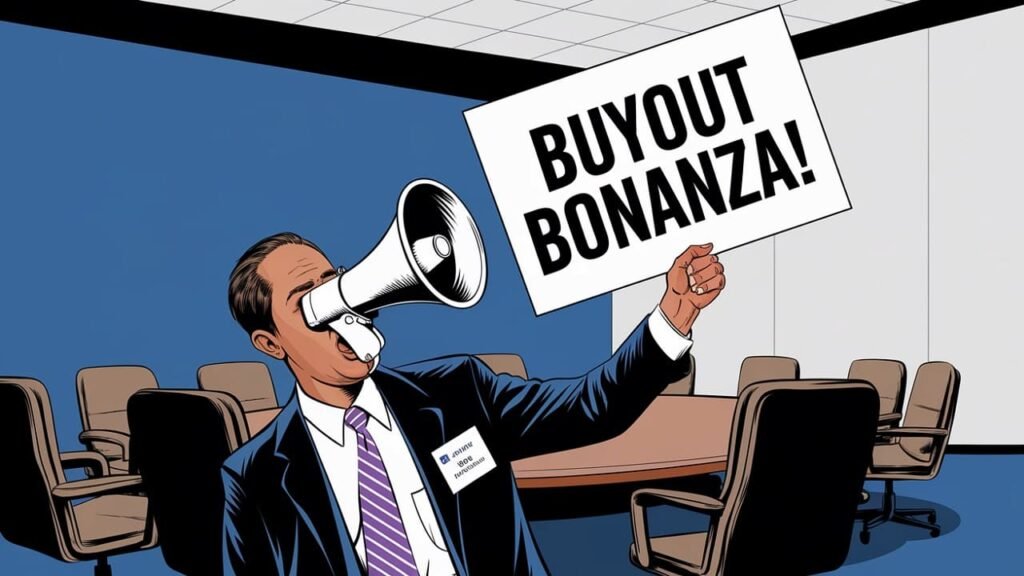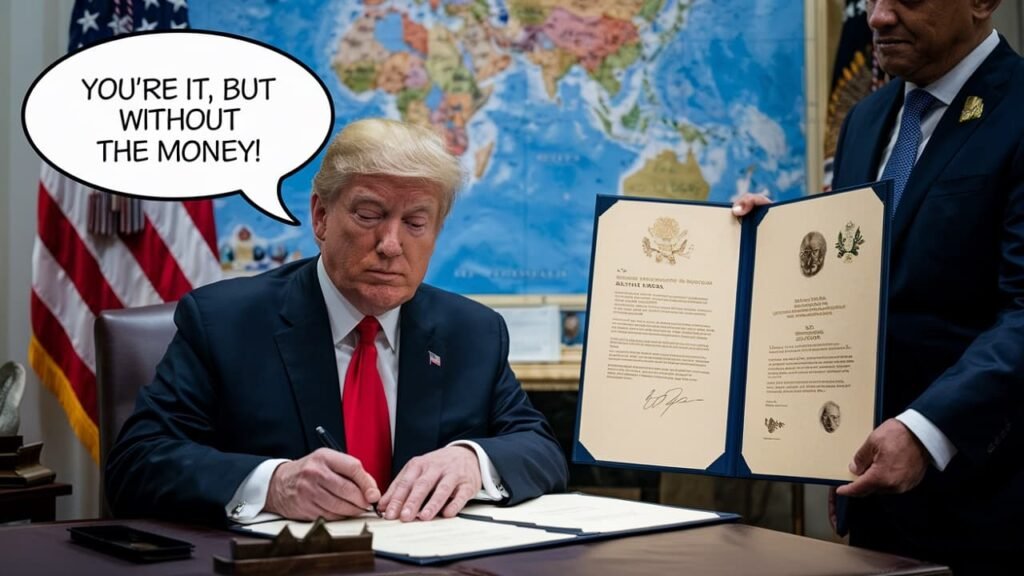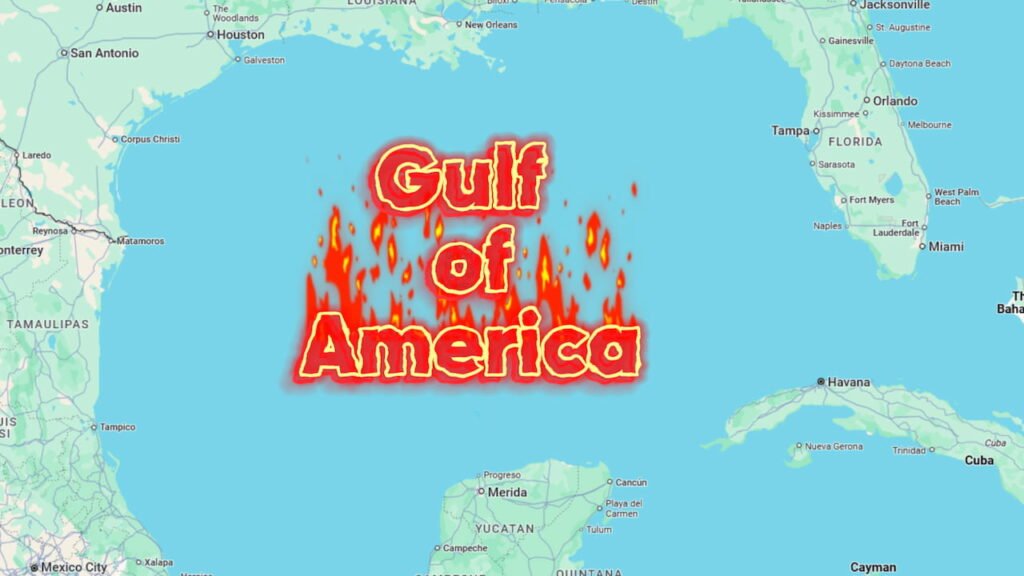The stock market is shrugging off President Donald Trump’s latest tariff tantrum, treating it like a toddler’s toy-throwing spree.
Investors seem unfazed as the administration slaps 50% tariffs on copper, 30% on the European Union, and threatens Brazil with another 50% for reasons as murky as a swamp. But TS Lombard’s Chief Economist Freya Beamish warns that these “low-grade shocks” could sneak up on the economy like a bad cold you didn’t see coming.
Beamish, with her economist’s crystal ball, predicts a 10% average tariff rate will stick, balancing the need to avoid a recession with the urge to rake in revenue. She’s not joking—tariffs too high could shrink imports so much that the government’s piggy bank stays empty. Some sectors, like energy, might dodge the tariff bullet to keep the pain at bay.
Last week, Trump’s tariff tirade took aim at Brazil, citing their treatment of former President Jair Bolsonaro and U.S. tech firms. Beamish calls this a head-scratcher, noting it’s more likely to boost Brazil’s current president than fix anything. Copper tariffs, she adds, are like shooting your own foot while aiming to boost U.S. manufacturing.
These trade shenanigans are just noise for now, but Beamish insists they’re here to stay. The market’s acting like it’s sipping decaf, ignoring the inflationary jolt tariffs could bring. She warns that these small shocks could pile up, making investors wish they’d paid attention sooner.
June’s consumer price index crept up 2.7%, less than expected, but Beamish spots a sneaky tariff effect. Falling auto prices hid the sting of pricier appliances, apparel, and toys—items stuffed with imports. It’s like finding out your cheap burger came with a side of hidden costs.
Over at Deutsche Bank, macrostrategist Henry Allen is also waving a red flag. He sees “remarkable complacency” in markets, ignoring a global recipe for inflation. Tariffs are just one ingredient; Europe’s massive fiscal stimulus and low unemployment are stirring the pot.
Allen points out that high deficits might tempt policymakers to let inflation nibble away at debt. It’s a risky game, like betting your lunch money on a coin flip. Markets might not feel the heat yet, but the pressure’s building.
Beamish also eyes U.S. immigration policy as another slow-burning shock. ICE’s goal of 3,000 daily arrests—aiming for a million a year—sounds ambitious, but she doubts they’ll hit it due to limited resources. Still, the labor market’s tightening as workers get spooked, which could push wages up and inflation along with them.
These issues move slower than a DMV line, which explains the market’s chill vibe. Analysts are starting to sound like nervous parents, urging investors to wake up. Ignoring these risks is like assuming your picnic won’t attract ants.
Beamish’s “boiling-the-frog” warning paints a picture of an economy inching toward stagflation—high inflation, sluggish growth. She predicts bond investors will soon demand higher yields, which could slap stock valuations like a wet fish. Investors might not sell U.S. assets yet, but foreigners aren’t exactly lining up to buy more.
The stock market’s current mood is like a teenager ignoring homework—blissfully unaware until the grades drop. Posts on X reflect this, with some noting the Dow’s 500-point tumble after Trump’s tariff letters to Japan and South Korea. Others suggest markets are betting Trump will back off, as seen when the S&P 500 soared 9.5% after a tariff pause in May.
But don’t count on Trump chickening out. The administration’s doubling down, with 50% tariffs on Brazil and copper, and a 30% levy on the EU despite ongoing talks. It’s like hosting a barbecue and charging guests for the ketchup.
Beamish’s take? These tariffs are less about strategy and more about flexing muscle. Meddling in Brazil’s legal affairs won’t win friends, and jacking up copper costs hurts U.S. businesses more than it helps. It’s a policy that feels like assembling IKEA furniture without instructions.
The market’s nonchalance might not last. As Beamish and Allen warn, these shocks could compound, pushing inflation higher than expected. The University of Michigan’s survey already shows consumers bracing for 6.7% inflation next year, the highest since 1981.
Investors might want to keep their umbrellas handy. The tariff storm’s brewing, and it’s not just hot air. Beamish and Allen’s warnings suggest the economy could get soggy if markets don’t start paying attention.










